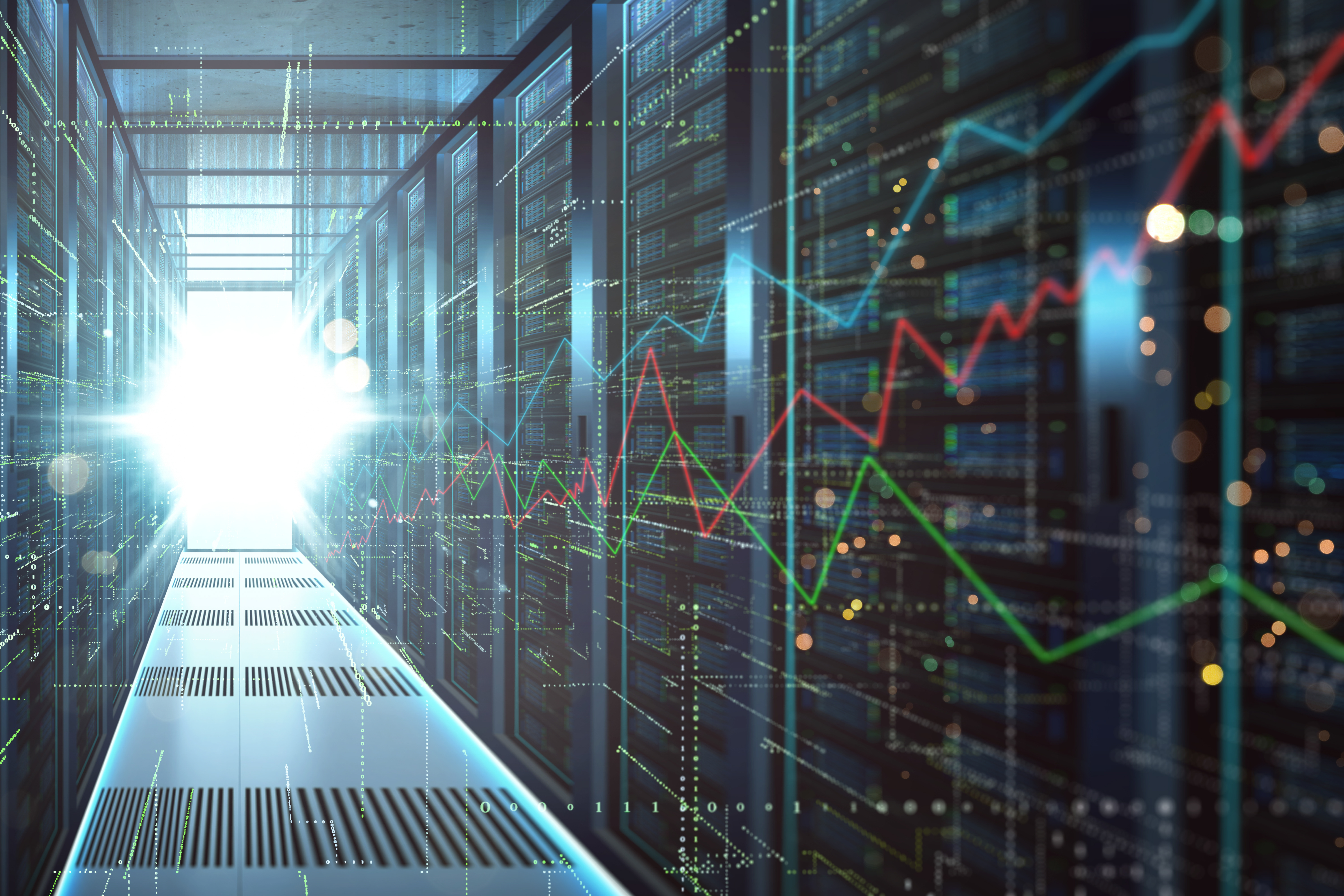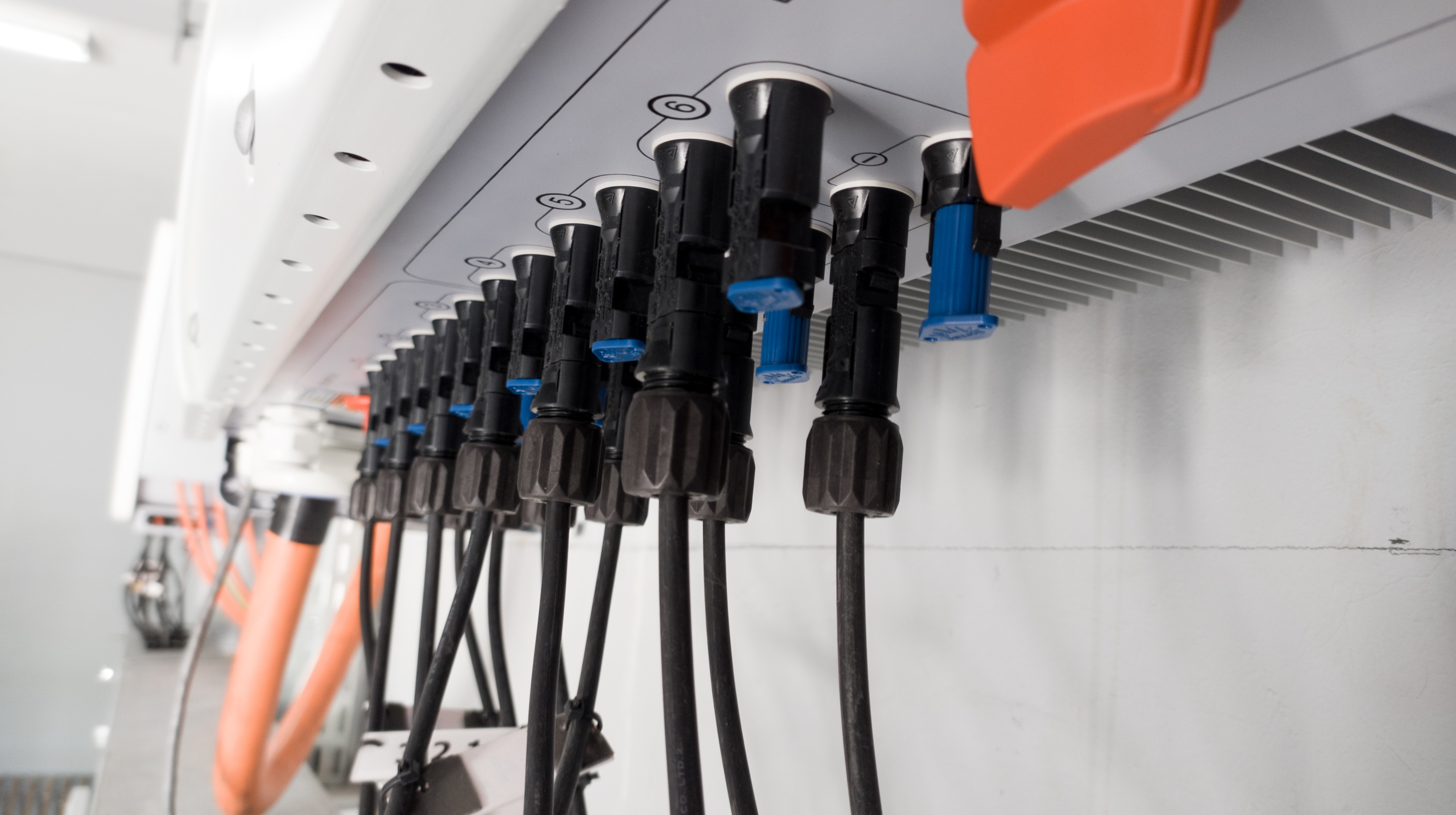You need an account to access this content
Create a free account and get access to all downloads and more!

Expert blogs

14 Sep 2023
5 min read
What is one of the things we can hardly live without, but rarely even remember it exists? You might not realise it or think about it straight away, but the answer is datacentres. With the reign of cloud computing both in business and daily life, datacentres have become essential.
At the same time, they are one of the heavy consumers of electric power to keep their servers running. For instance, during the 2022 Data Centre Frontier Executive Roundtable panel, Vertiv, the leading global critical digital infrastructure provider, noted that according to estimations the datacentre industry is consuming 2-3% of global electricity, with forecasts putting that number will be at 4% by 2030. A single datacentre facility consumes enough electricity to power up to 37,000 homes. In addition, the European Commission project that by 2030 datacentres in the European Union will account for 3.21% of all electricity demand.
The big energy consumption also causes carbon emissions. The International Energy Agency (IEA) reported that datacentres accounted for 300 metric tons of CO2 in 2020. Lately, different analyses estimate that the emissions from the datacentre industry are similar to the emissions from the airline industry. The takeaway for those inside and outside the industry is that sustainability is an essential topic for datacentres.
Therefore, as datacentres’ energy consumption continues to increase, one big challenge and question datacentre operators are faced with is how to incorporate more renewable energy in their energy mix and operate more sustainably. Traditionally, datacentres have turned to fossil-fuel-based energy for their power generation needs, however the time has come for a change as datacentres need to comply with the global sustainability goals and decarbonise.

In response to the decarbonisation needs, datacentres started offsetting their emissions with green certificates or with renewable energy Power Purchase Agreements (PPAs). PPAs are long-term contracts for the sale and supply of energy between businesses and renewable energy generation operators. Basically, they are an alternative to standard retail contracts that provide long-term price visibility, enable businesses to buy renewable energy often at better rates than standard market rates, and with that meet their sustainability goals.
The IEA has reported that Amazon, Microsoft, Meta and Google are the four largest purchasers of corporate renewable energy PPAs, having contracted almost 50 GW to date, equal to Sweden’s entire generation capacity. However, this renewable energy production often happens elsewhere (far from the datacentre installation, even in a different grid.)
Integrating more sustainable energy sources like solar, wind or hydroelectric power could help these energy-intensive facilities significantly reduce their carbon footprint and at the same time align with the global sustainability goals.
One way it could be done is by creating small hybrid microgrids for a datacentre that have a renewable energy source, like photovoltaics together with energy storage batteries. A hybrid microgrid could power the datacentres and ensure reliable electricity to cover at least part of the energy consumption needs. This could be the starting point for getting on the decarbonisation path.
Ostschweiz datacentre in Gais near St. Gallen, Switzerland
Take for example the datacentre Ostschweiz is in Gais near St. Gallen, Switzerland. The facility has an efficient energy system, with photovoltaic panels on the roof and the building façade. The system is so efficient that the datacentre generates more energy than it needs, sharing the excess energy with its neighbouring cheese factory.
For datacentres connected to the national or local grid, decarbonising that grid, for instance by adding renewables in the mix, would potentially help decrease their emission level.
Photovoltaic panels on the roof of Ostschweiz datacentre in St. Gallen, Switzerland
Hydrotreated vegetable oil (HVO) is a very promising fuel alternative that is already used by some datacentres as a more sustainable energy source. It’s similarity to diesel makes it easy to swap the one for the other, as it does not impose any hardware change for the engine, fuel system or for the control system. For example, Interxion, a large datacentre provider, has already begun to replace diesel by HVO to power its backup generators in their facilities in France.
Another potential solution could be hydrogen which could provide positive advantages for the datacentre industry.
Integrating renewables can be a daunting task if you don’t have the right technology and know-how. One challenge we often hear from our customers who are operating datacentres, as well as from other industries, is what is the best way to integrate, control and manage all the renewable technology? If it is a simple installation, one gen-set, PV and battery, and inverters from the same brand, it tends to go smoothly as they come with their own control systems.
However, datacentres often have multiple gen-sets and they might have different inverters brands, and in that case they need a solution that can ensure all elements are in sync and can work efficiently.
A small technical detour – the solar panels, and batteries work with DC type of electricity, while all the equipment from the traditional electricity supply from the grid in datacentres and gen-sets are on AC type of power. For the two different types to work together, there needs to be a conversion from DC to AC power. To do so, inverters are used. For the other way around, converting from AC to DC, rectifiers are used. A single device can have both functionalities, to invert and to rectify. Most often people use the term 'inverters' to mean both inverter and rectifier controls - but they are different.

This shouldn’t be a big concern as modern control systems, such as the ones ComAp produces, allow for a ‘mix and match’ approach between renewables technology and traditional power sources. As a company we are inverter and gen-set brand-agnostic and enable customers to select the technology they want, from almost any manufacturer. Our systems will be able to integrate them and ensure the customer can manage their power generation easily, with great flexibility.
The ComAp controller and accompanying software will automate the integration, control, and management tasks, so that the operations of the microgrid system can run seamlessly from one single point of control and monitoring. The automation element will ensure that the operator can set the right priorities for the energy system, for example select that the facility always uses the most economical and sustainable energy source as possible most of the time.
At the same time, the operation and design of tasks is flexible with built-in features and easy-to-master PLC interpreter which is integrated in the controller.
If you are considering going greener with your datacentre and need advice on how to integrate renewable technology, get in touch with us and let’s discuss what is the best approach for you to decarbonise your datacentre operations.